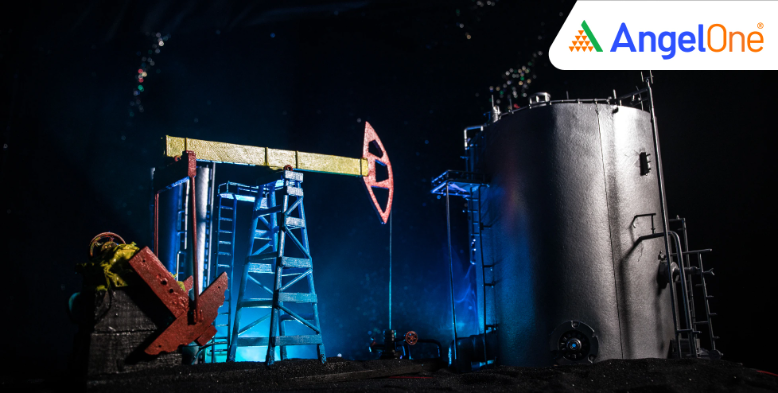
India’s oil and gas sector is witnessing a historic transformation as it adapts to shifting global dynamics, rising geopolitical pressures, and new trade alignments. A recent Rubix Industry Insights report highlights how Russian oil has rapidly climbed to dominate India’s crude import portfolio, altering long-standing supplier equations and exposing both opportunities and risks for Asia’s third-largest economy.
Russian crude accounted for just 2% of India’s oil imports in FY2020, but has since surged to 35% by FY2025. This dramatic shift is underpinned by cost competitiveness and logistics that avoid the volatile Strait of Hormuz. The value of these imports has grown at a compounded annual growth rate (CAGR) of 96% over five years. In contrast, India’s reliance on traditional Middle Eastern suppliers has dropped, driving major geopolitical and commercial recalibrations.
At the same time, rising US tariffs on Russian-linked petroleum exports and tightening EU sanctions have prompted India to protect its key export segment, refined petroleum products (POL), which reached a value of $44.4 billion in FY25. India is now the world’s seventh-largest POL exporter, with the Netherlands, UAE, and Singapore being major buyers.
India remains the world’s third-largest crude oil importer, and its demand is forecast to grow from 5.64 million barrels per day (bpd) in 2024 to 6.66 million bpd by 2030. However, domestic crude output is falling from 32.2 MMT in FY2020 to 28.7 MMT in FY2025, pushing import dependency to 88.2%.
Despite this, India’s refining capacity rose modestly to 257 MMTPA across 23 refineries, making it the fourth-largest globally, with plans to scale up to 309.5 MMTPA by 2030 through investments from IOCL, BPCL, and HPCL.
Natural gas, another critical pillar, saw demand touch 71 BCM in FY2025, half of which was met through LNG imports. The US has now overtaken the UAE as India’s second-largest LNG supplier, supported by long-term deals and lifted export bans. India aims to double the share of gas in its energy mix to 15% by 2030, with pipeline and regasification infrastructure expanding rapidly.
India’s clean energy transition is also gaining pace. Over 103 million households now have LPG access under the Pradhan Mantri Ujjwala Yojana (PMUY). Ethanol blending has already reached 20% in early 2025, 6 years ahead of schedule and city gas distribution aims to cover 70% of the population.
Also Read: Reliance Industries Russian Crude Oil Strategy Under EU Scrutiny Amid Sanctions!
India’s pivot towards Russian oil, soaring LNG reliance, and evolving energy strategy reflect an urgent bid to secure its future energy needs amid a volatile global order. With deepening reforms and a cleaner energy outlook, the country is strategically reshaping its petroleum and gas ecosystem, but challenges from geopolitics, sanctions, and production shortfalls will demand sustained vigilance and policy agility.
Disclaimer: This blog has been written exclusively for educational purposes. The securities mentioned are only examples and not recommendations. This does not constitute a personal recommendation/investment advice. It does not aim to influence any individual or entity to make investment decisions. Recipients should conduct their own research and assessments to form an independent opinion about investment decisions.
Investments in the securities market are subject to market risks, read all the related documents carefully before investing.
Published on: Jul 30, 2025, 3:12 PM IST

Team Angel One
We're Live on WhatsApp! Join our channel for market insights & updates